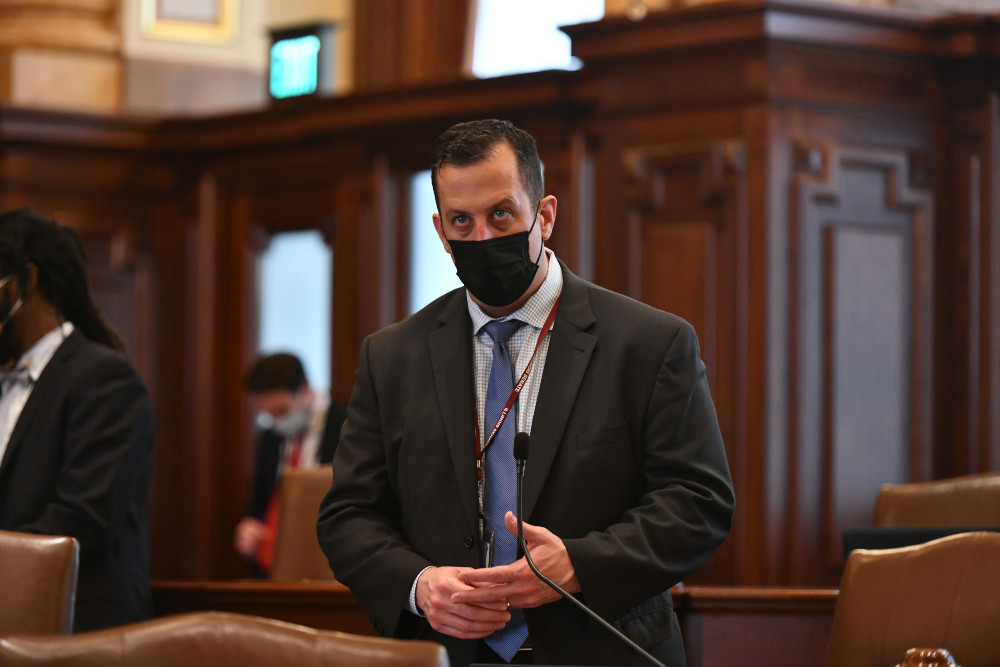
SPRINGFIELD – Workers at high hazard facilities could soon be required to undergo advanced safety training thanks to legislation passed by the Senate Executive Committee yesterday.
State Senator Michael E. Hastings (D-Frankfort) is the chief sponsor of this initiative.
“Safety training is crucial at every job site, but the need at facilities where workers are handling dangerous substances is especially prudent,” Hastings said. “Those who have gone through proper training are statistically less likely to be at risk of making a mistake that could result in an accident. We cannot afford to lose lives on the job site due to neglect, and we certainly cannot afford to let these dangerous chemicals seep into our communities.”
This initiative is a response to a 2012 Chevron refinery explosion and subsequent fire in Richmond, Cal. According to the U.S. Chemical Safety and Hazard Investigation Board, approximately 15,000 people from the surrounding communities sought medical treatment at nearby medical facilities for ailments including breathing problems, chest pain, shortness of breath, sore throat, and headaches following the incident. Approximately 20 of these people were admitted to local hospitals as inpatients for treatment.
Under House Bill 3437, the Illinois Department of Labor would be required to develop a curriculum of approved advanced safety training for workers at high hazard facilities. These building and construction contractors would be required to pay prevailing wage and use a skilled and trained workforce to perform all onsite work at petroleum refining facilities, petrochemical manufacturing facilities, ethyl alcohol manufacturing facilities, and basic organic chemical manufacturing facilities. If these contractors fail to do so, they could face a monetary penalty.
In addition to these safety provisions, two measures to increase workforce diversity at these facilities would be implemented.
No pre-apprenticeship or apprenticeship program would be allowed to require a recommendation from a union member or any other person as a condition of acceptance. Job site demographics would also be reported and compared to demographics of the county the facility resides in. If the workforce demographics do not match, the apprenticeship program or contractor must make it a priority to achieve this goal.
“Job sites ought to reflect the diversity of our neighborhoods and I strongly encourage all contractors to take that into consideration,” Hastings said. “A diverse work force is a skilled work force.”
This legislation now moves to the full Senate for consideration.


